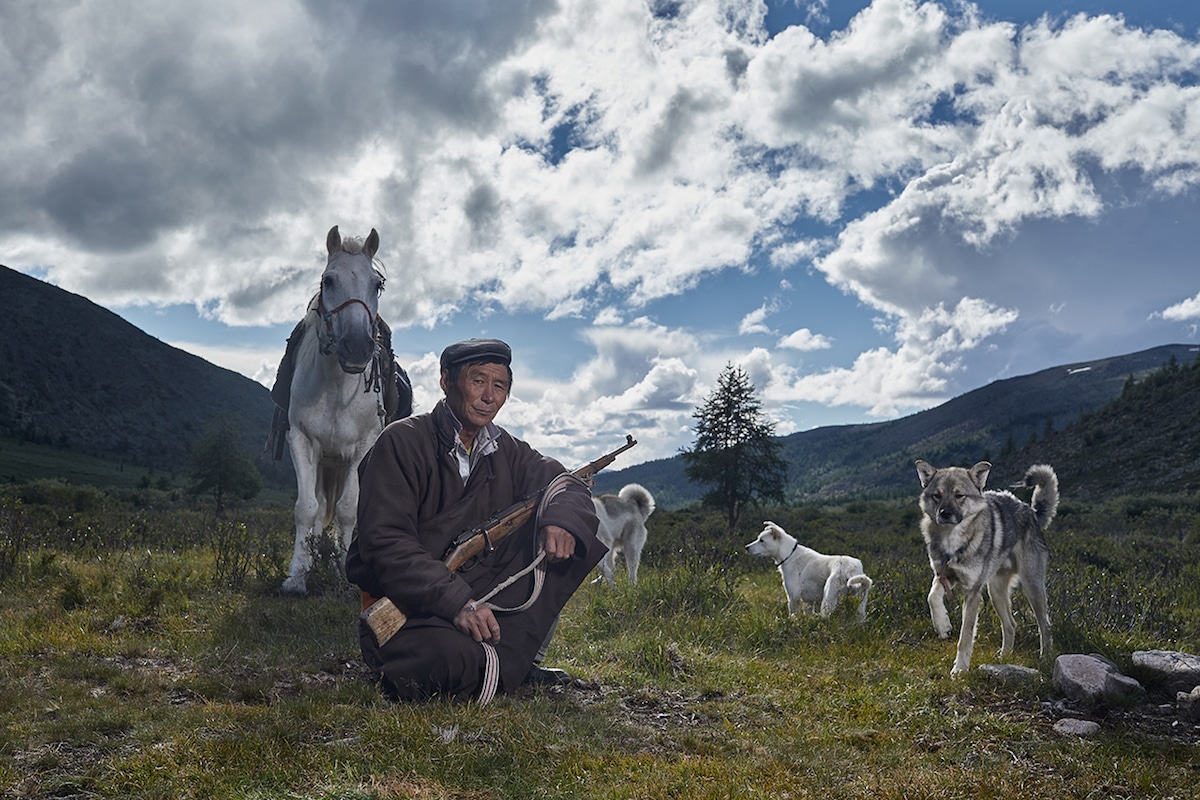
Belgian photographer and professional dancer Shed Mojahid is known for his ability to capture the acrobatics of dancers in motion. But recently, his interests brought him across the globe to Mongolia, where he embarked on a challenging mission. After extensive research and travel, he found himself in the northern part of the country to photograph the Dukha people.
Also known as the Tsaatans, this small community of reindeer herders are one of the few to carry on the tradition. Unfortunately, as the reindeer population shrinks, only about 40 families continue on and it was Mojahid’s vision to document their unique community. As part of his project, Mojahid created a photography studio inside a traditional nomadic dwelling. Here, he waited patiently for members of the camp to come inside, hoping to gain their trust and snap their portrait.
This sensitive approach is evident in the results of the project. The portraits show the openness and warmth of the Dukha, as they pose within the dwelling or, occasionally, against the Mongolian landscape. Mojahid’s journey to Mongolia is, above all, a story of personal perseverance and patience, resulting in creative output that includes both still photos and a short documentary.
Read on as we chat with Mojahid about his inspiration for the project and how he prepared himself to dive into Mongolia.
 What sparked your interest in photography?
What sparked your interest in photography?
I started my photography studies but I quickly quit because dance was taking a bigger role in my life.
From an early age, dance allowed me to travel all around the world. At that time, there was a lot of buzz around Youtube videos so I bought a camera to record and took pictures of my crew (Hoochen Crew) and myself in order to post them on the internet. Step by step, I started to appreciate things and I got some good feedback about my work.
How do you think your background in dance has influenced your style of photography?
Without dance, I would never have done what I’m doing now! Dance has developed a sense of creativity within me, dance pushed me to go further, to bounce back after injuries and to develop my own world. I don’t really pay attention to other photographers. I don’t claim that I’m better but I just want to stay focused on my ideas and my universe, as I did with dance.
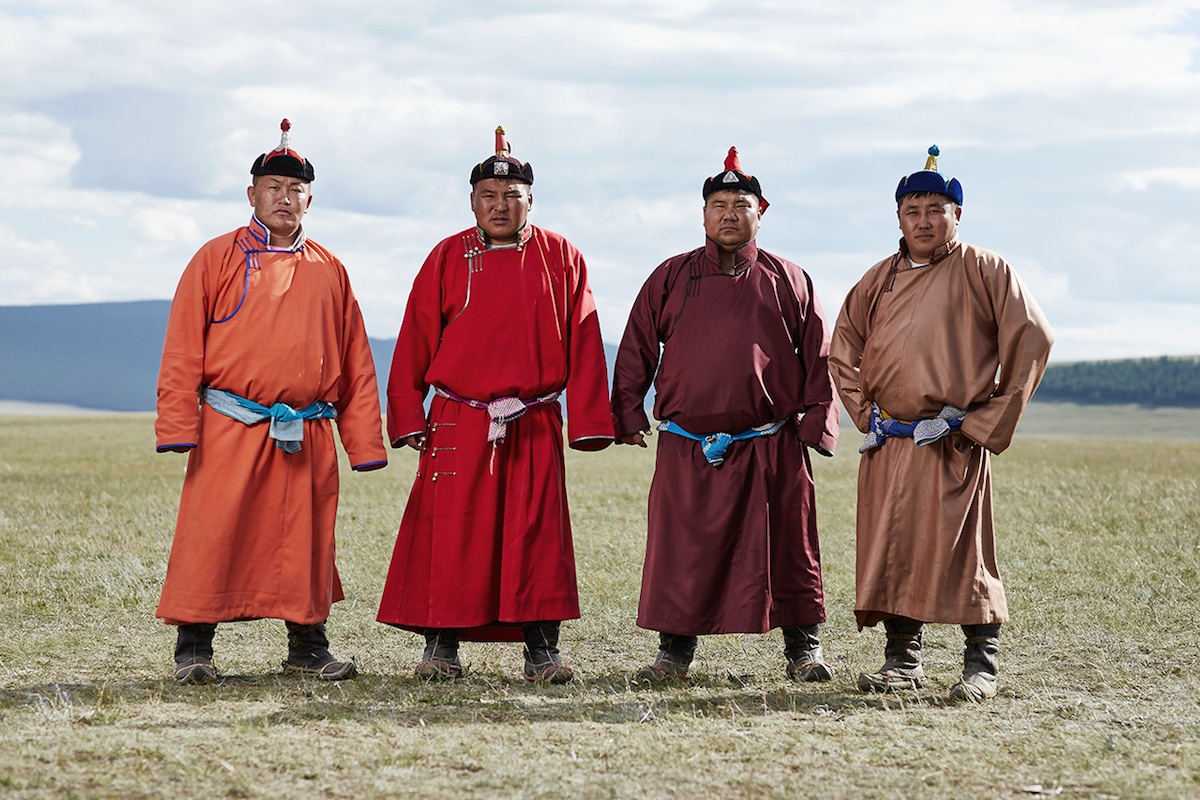 What was the inspiration for your photo project in Mongolia? How did you first hear of the Dukha?
What was the inspiration for your photo project in Mongolia? How did you first hear of the Dukha?
I already did an exploration in Iceland a few months ago and things went well. At the end of our journey, I asked my buddy where he wanted to go next. He answered Mongolia… a few months later, we were in Mongolia.
I started to do some research online and I heard about Jimmy Nelson who did nice work in Mongolia with the Kazakhs, but I didn’t want to replicate it and I wanted to do things on my own. Right after, I found some information about these northern people. I finally decided to choose the Dukha!
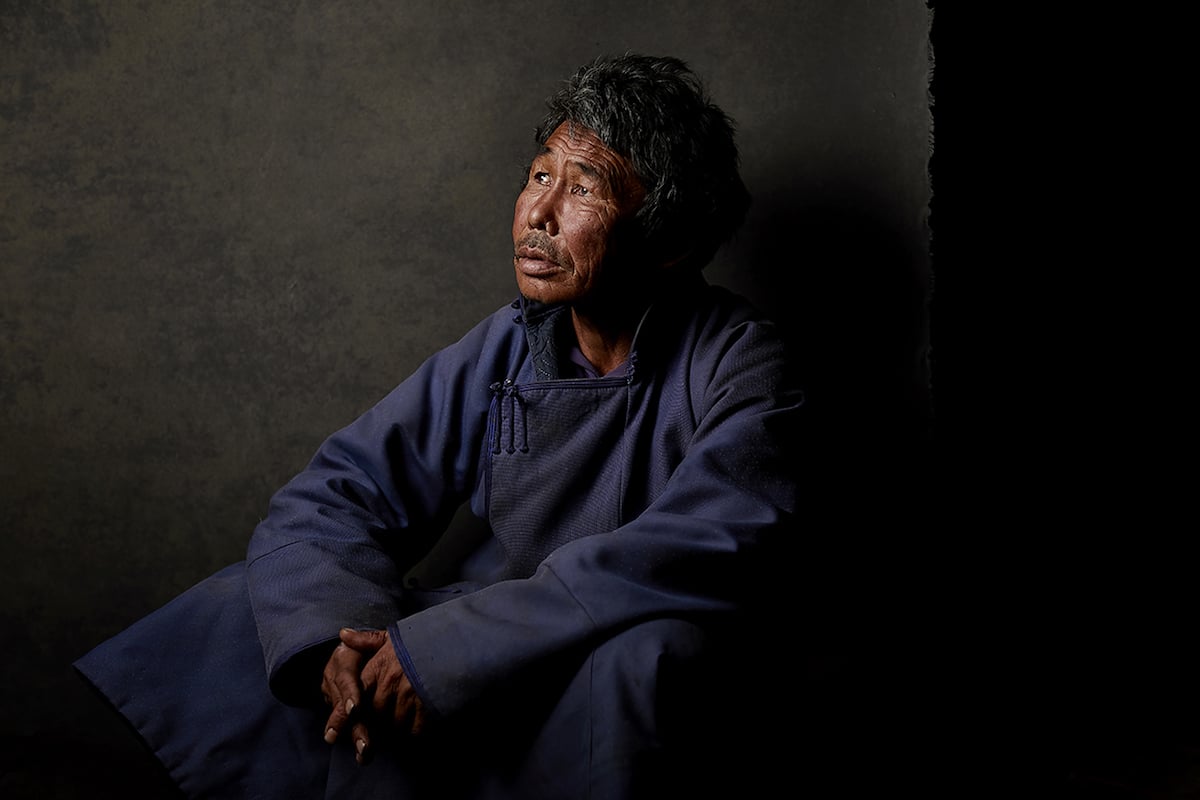 What sort of research did you do before going on the trip?
What sort of research did you do before going on the trip?
The first thing was how to reach the Dukha camp and the transportation—no tickets were available online! We just hoped to get lucky enough that the timing and booking would go as planned. The Visa application was hard also to obtain because China requires a hotel with booking voucher. Our train tickets were already bought; therefore, how to explain that we will sleep in a nomad camp and that China is only a leg in our trip to cross the border? It was also hard to find an interpreter who could accompany us and stay with us the whole journey. I also looked for equipment rental companies but couldn’t find anything so I brought mine.
Lastly, figuring out if it was doable to let the Dukha know about our arrival, but again—IMPOSSIBLE!
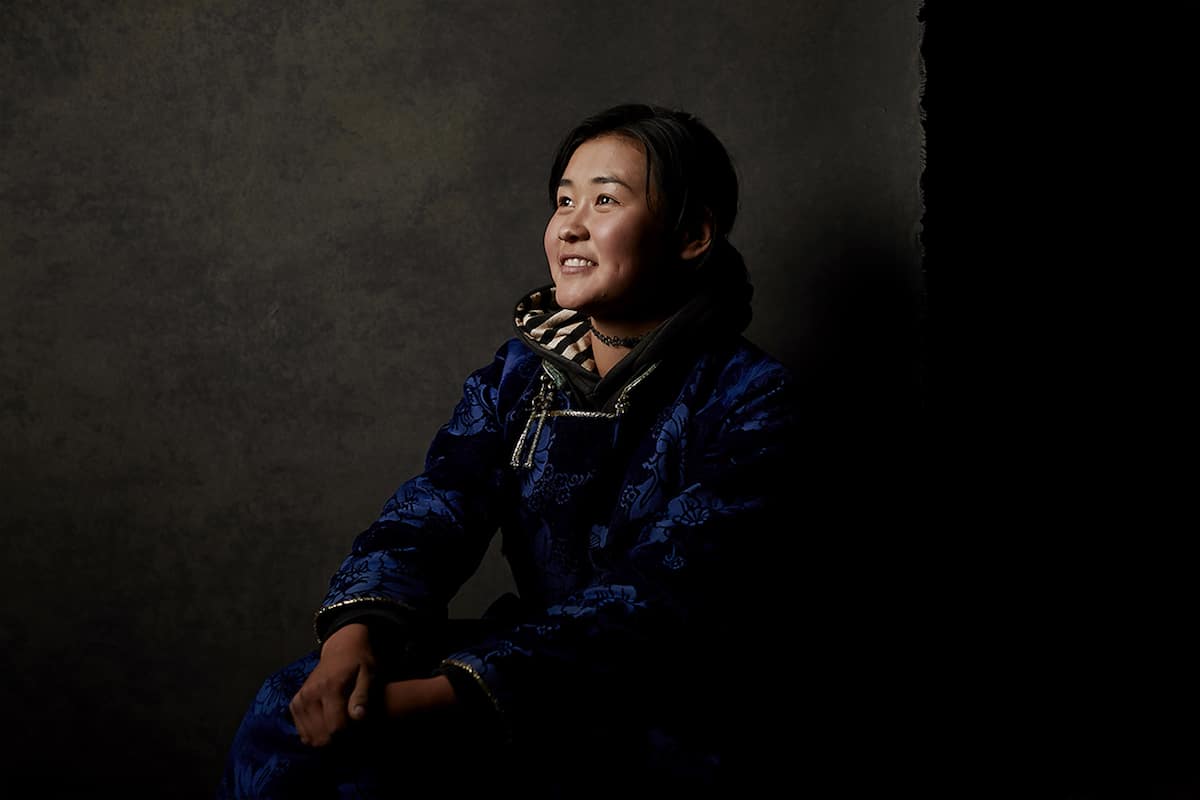 You had an interesting approach to set up a photography studio in your tipi instead of moving around to find subjects. Why this technique? What do you feel were the successes and failures of such a setup?
You had an interesting approach to set up a photography studio in your tipi instead of moving around to find subjects. Why this technique? What do you feel were the successes and failures of such a setup?
Taking photos of them in their natural environment was something already done. Additionally, these people don’t have internet, so photographing whilst not seeing the results is something that bothers me a lot. I wanted to give them something different in an intimate setting, enabling them to be photographed or not. Also, it allowed me to print their pictures so they can get them directly.
I think a studio in the tipi was a success, no failures really happened, but it was a risky gamble because I could have come back without any results if they didn’t trust me!
Just to give you an indication: during seven days in the camp, only one day was dedicated to a shooting session. The other days? Doubts, hesitations, program changes, mind changes… This part is explained further in my exhibition and my documentary.
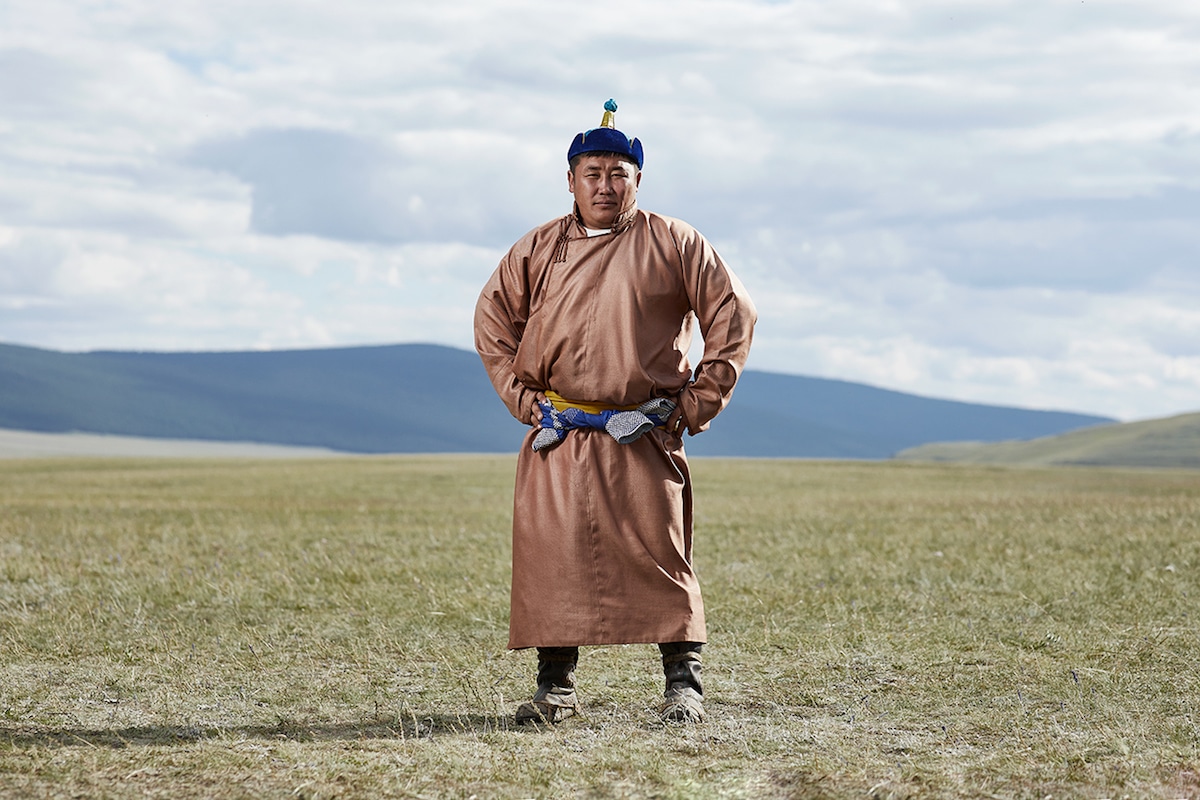 What was the most challenging part of your time in Mongolia?
What was the most challenging part of your time in Mongolia?
The travel by itself clearly, we spent seven days traveling from Beijing… it was very long! The home stretch was done on horseback in a 10-hour non-stop sprint. It was very hard.
How did you go about building trust with the locals? What did they think of your project?
I did nothing special. I was just myself—natural and patient. I tried to get to know everyone, I gave gifts to the kids (winter clothes), medications to elders, accessories to adults (knives, lamps) and as time went, trust was developed.
I don’t really know what was their thoughts are about my project but they were a bit suspicious in the beginning.
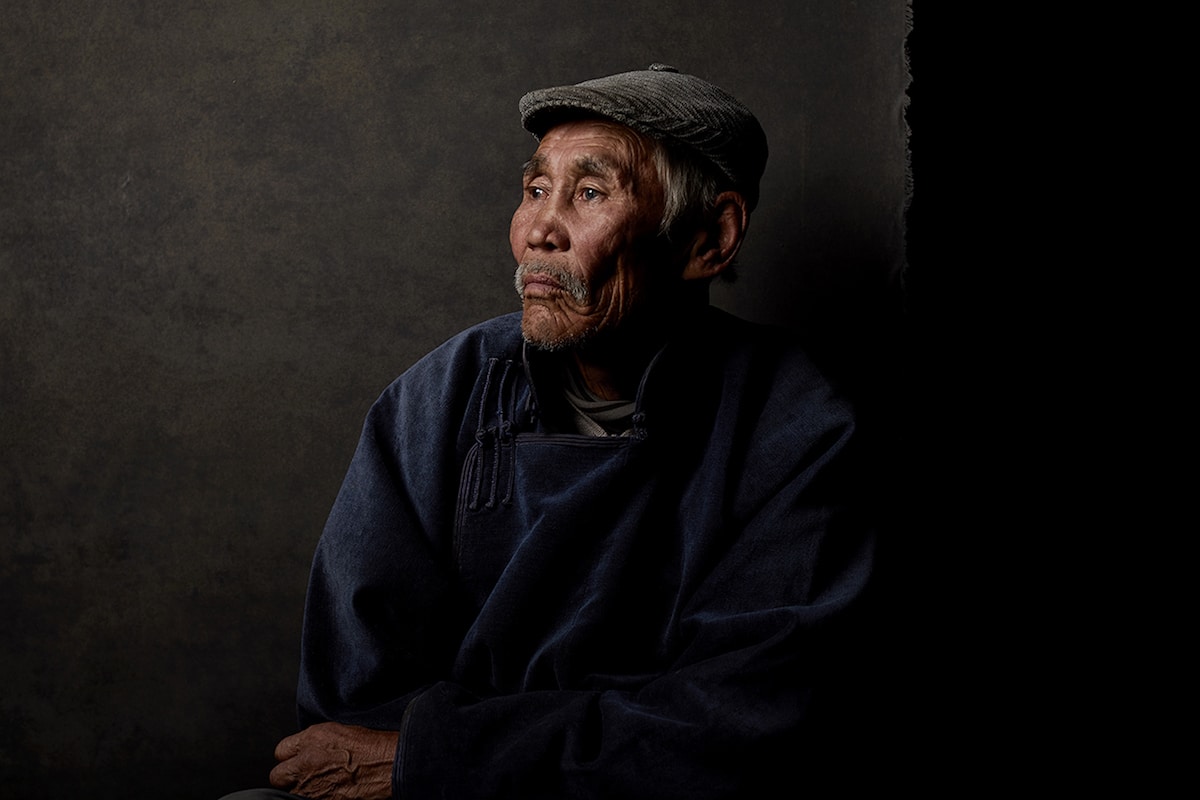 Does your experience match what your expectations were prior to visiting?
Does your experience match what your expectations were prior to visiting?
I wish I could have photographed all the people from the camp but it was impossible. Women often turned down my invitations… always with a smile. Sometimes, we were eating and smiling together for hours, I was thinking “Haaa I think they will accept now” and still with the smile, they said no.
A lot of things can explain these refusals, especially their own vision of their beauty, the standards—they are not used to this type of exercise. But more than the results, what matters the most was the approach and the human adventure.
As you can imagine, with my two bags of material, I could have taken some high-quality candid pictures, but I wasn’t interested. I really think photography has to be thought about on a more human perspective.
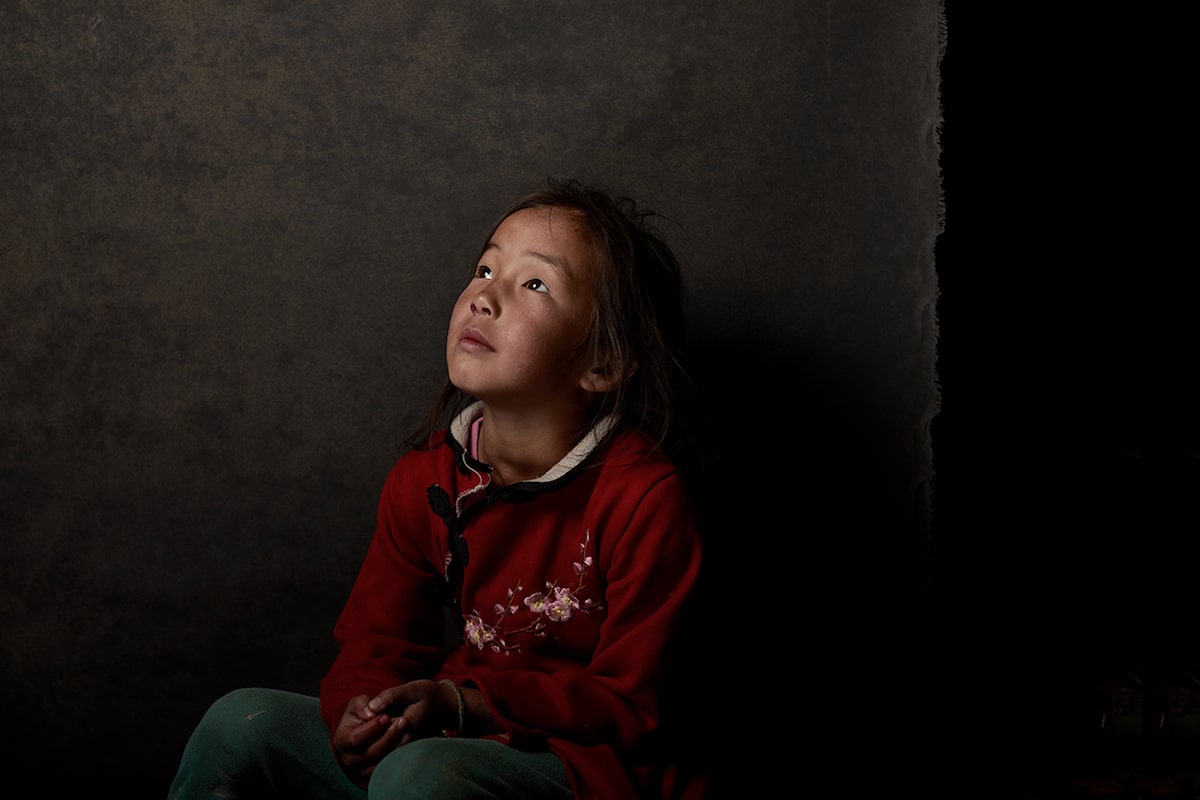 What do you hope people take away from the work?
What do you hope people take away from the work?
That Mongolia is a beautiful and warm country, giving motivation to photographers to believe in themselves and to go towards their projects. If I did it, then everyone can!
I also hope people will think twice about their photographic approach and philosophy. You must be immersed in a universe before getting into it once there, and I insist, accept the rules. Time, and our relationship with it, was a real discovery and if we weren’t patient and open-minded by not imposing our visions, then we could have come back quite frustrated. I really urge, especially during our fast technological era that allows us to do a lot, to emphasize quality and not quantity.
 What’s next?
What’s next?
Further, higher, crazier…

